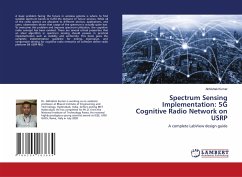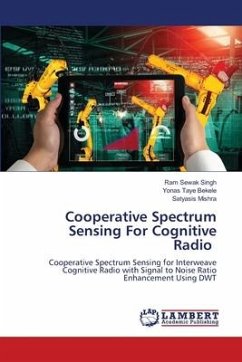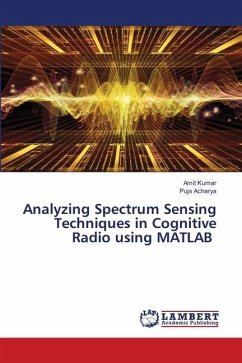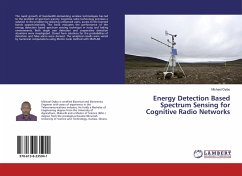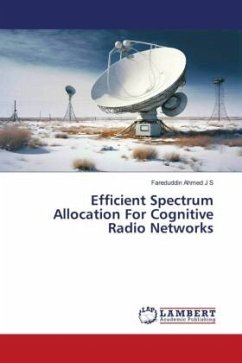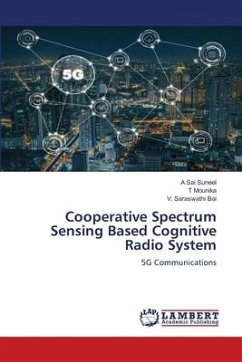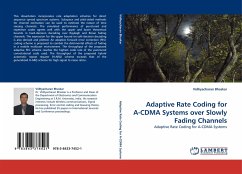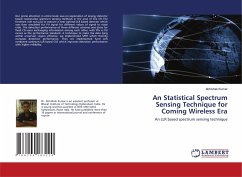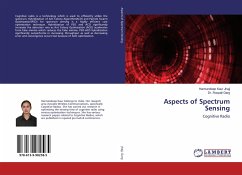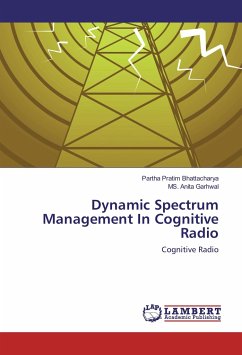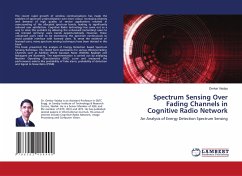
Spectrum Sensing Over Fading Channels in Cognitive Radio Network
An Analysis of Energy Detection Spectrum Sensing
Versandkostenfrei!
Versandfertig in 6-10 Tagen
36,99 €
inkl. MwSt.

PAYBACK Punkte
18 °P sammeln!
The recent rapid growth of wireless communications has made the problem of spectrum underutilization ever more critical. Increasing diversity and demand of high quality of service applications resulted in overcrowding of the allocated spectrum bands, leading to significantly reduced user satisfaction. Cognitive Radio technology has come out as a way to solve this problem by allowing the unlicensed (secondary) users to use licensed (primary) users bands opportunistically. However, these unlicensed users need to be monitoring the spectrum continuously to avoid possible interface with licensed us...
The recent rapid growth of wireless communications has made the problem of spectrum underutilization ever more critical. Increasing diversity and demand of high quality of service applications resulted in overcrowding of the allocated spectrum bands, leading to significantly reduced user satisfaction. Cognitive Radio technology has come out as a way to solve this problem by allowing the unlicensed (secondary) users to use licensed (primary) users bands opportunistically. However, these unlicensed users need to be monitoring the spectrum continuously to avoid possible interface with licensed users. To sense the existence of licensed users, many spectrum sensing techniques have been devised in this book.This book presented the analysis of Energy Detection based Spectrum Sensing Technique. The closed form expressions for various Wireless Fading Channels such as Additive White Gaussian Noise (AWGN), Rayleigh and Nakagami are illustrated. The experimentation is carried out by analyzing Receiver Operating Characteristics (ROC) curve and measured the performance metrics like probability of false alarm, probability of detection and Signal to Noise Ratio (PSNR).



